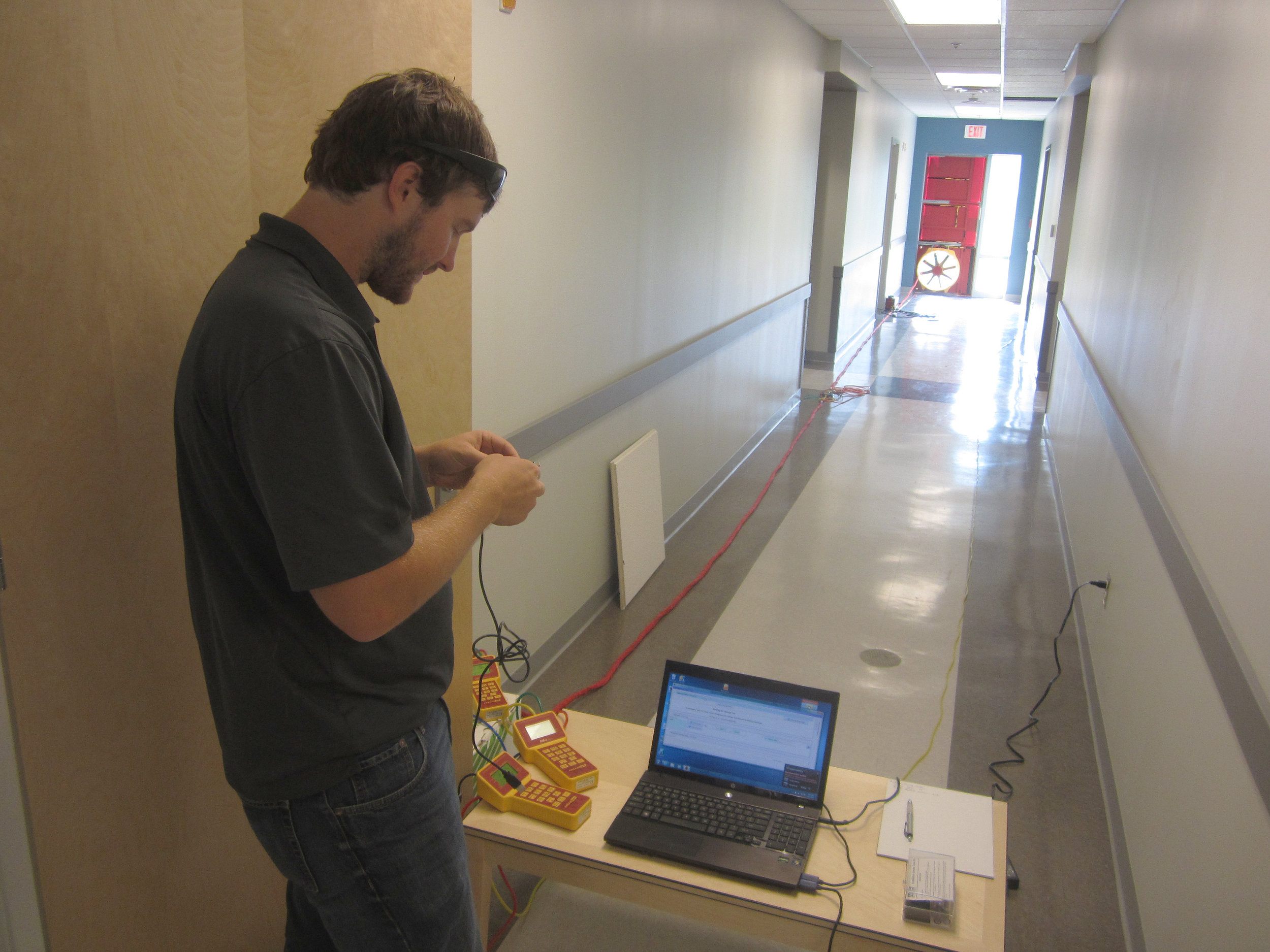Whole Building Air Leakage Testing
The largest source of energy loss in most buildings is from uncontrolled air infiltration. Modern buildings are equipped with air barriers designed to limit uncontrolled air leakage and provide a continuous seal across all sides of a building’s enclosure.
Poorly performing air barriers have been shown to cause moisture-related damage and can be significantly detrimental to a building’s energy performance. Evaluating and testing your air barrier system will ensure your HVAC systems will perform properly, provide greater occupant comfort, reduce energy usage, and decrease the likelihood of condensation and mold growth.
DESIGN & CONSTRUCTION PHASE
Whole building air leakage tests can be difficult to pass without proper design and construction phase attention to the air barrier. To ensure inconsistencies in the air barrier are found prior to construction, we recommend a review of the air barrier system during the design phase so that changes can be made quickly and easily. We also recommend periodic visits to the project site to ensure the air barrier installation meets design and project specifications. In our experience, these initiatives can greatly improve air leakage tests results and reduce the likelihood of schedule delays and retesting fees.
TESTING PROTOCOL
Once construction is complete, our field service members visit the project site to perform the air leakage test. We use specialized fans, computerized controls, and custom operational software to calibrate the test apparatus to specific building conditions. Our testing protocol measures the air leakage rate for the building’s envelope system at a specified pressure air pressure differential.
We conduct our analysis by blowing air into the building (pressurization) and then by removing air from the building (depressurization) and averaging the results. Locations of air leakage are found using infrared thermography imaging and smoke tracer analysis performed by our certified professionals. Following the completion of the air leakage test, we summarize our findings in a detailed report and verify that the level of air leakage meets project requirement.


